Exploring the Essence of Nepal Through the Lens of Tea: My Experience as a Judge at the Nepal Tea Challenge 2024
Nepal has always been synonymous with breathtaking landscapes, towering mountains, and a vibrant cultural heritage. Yet, this small but mighty nation is now starting to make waves in the global tea industry. I had the privilege to witness this first-hand as a judge at Nepal’s first-ever Tea Competition, the Nepal Tea Challenge 2024. This experience not only provided a glimpse into the potential of Nepali tea but also allowed me to interact with the passionate young entrepreneurs who are driving this movement forward.
The Rise of Nepali Tea: A Brief History
Nepal’s journey into tea production dates back to the mid-19th century when the first tea plantations were established in the eastern regions of the country. Mirroring the efforts of neighboring Darjeeling, Nepal began cultivating tea in its own high-altitude regions, which provided ideal conditions for producing high-quality orthodox teas. However, despite sharing similar terroir with the famed Darjeeling region, Nepalese tea remained largely overshadowed by its Indian counterpart for many years.
In recent decades, though, Nepalese tea has begun to carve out its own identity in the global tea market. The rise of specialty teas, the dedication of small-scale farmers, and the increasing focus on organic, sustainable farming practices and a new breed of young tea makers and entrepreneurs are all contributing to putting Nepalese tea on the map..

Nepal Tea Challenge 2024: A Milestone Event
The Nepal Tea Challenge 2024, a first of its kind tea championship event, was more than just a competition; it was a celebration of the country’s tea culture, a testament to the hard work and dedication of its tea producers, and a statement to the world that Nepal is ready to be recognized as a serious contender in the global tea industry. Over 140 teas were submitted for evaluation, a remarkable number that speaks volumes about the commitment of the tea community in Nepal.
The event was spearheaded by Sonam Paljor Lama, a man whose passion for tea is as boundless as the Himalayan mountains themselves. His mission is clear: to see Nepali orthodox tea rise to the top of the world. And from what I experienced, he is well on his way to achieving this goal. The sheer diversity of teas presented at the competition was astonishing, with each entry reflecting the unique character of its origin.
The Young Tea Entrepreneurs of Nepa
One of the most inspiring aspects of the Nepal Tea Challenge was the involvement of young tea entrepreneurs. These individuals are not only passionate about tea but are also eager to learn and innovate. They understand that to compete on a global scale, they must continually improve their craft and embrace the latest techniques in tea production and processing.

The enthusiasm of these young entrepreneurs was palpable throughout the competition. They were keen to seek feedback, ask questions, and discuss new ideas. Their willingness to adapt and their dedication to excellence were evident in the teas they presented. It’s clear that the future of Nepali tea is in good hands, and I am excited to see these young tea entrepreneurs take their tea to discerning drinkers
The Potential of Nepali Teas
As a judge, I had the opportunity to taste a wide range of teas, from green and black to oolong and white / silver needle. One of the standout revelations for me was the quality of the green teas. In particular, some of the Nepali green teas I tasted were of international standards and could easily rival, if not surpass, many of the average green teas produced in India, with the exception of those from Darjeeling and some Kangra. The freshness, the vibrant flavors, and the delicate aromas of these green teas were truly remarkable.
On the other hand, the black teas, while possessing great potential, still require more attention. Many of the Himalayan black teas were deeply oxidized, resulting in a loss of aroma and complexity. A lighter oxidation process could help preserve the inherent flavors and aromas of these teas, allowing them to stand out in the crowded black tea market.
Despite this, the commitment of the producers was undeniable. The fact that over 140 teas were submitted for the competition is a testament to their dedication to their craft. This level of participation highlights the growing awareness among Nepalese tea producers about the importance of quality and consistency in tea production.
The Future of Nepali Tea: A Vision of Specialty and Orthodox Teas
As the global demand for specialty and orthodox teas continues to grow, Nepal has a unique opportunity to position itself as a leader in this space. The best value addition to Nepali tea would be to focus on producing the highest quality specialty teas and educating the world about their existence and the proper way to appreciate them.
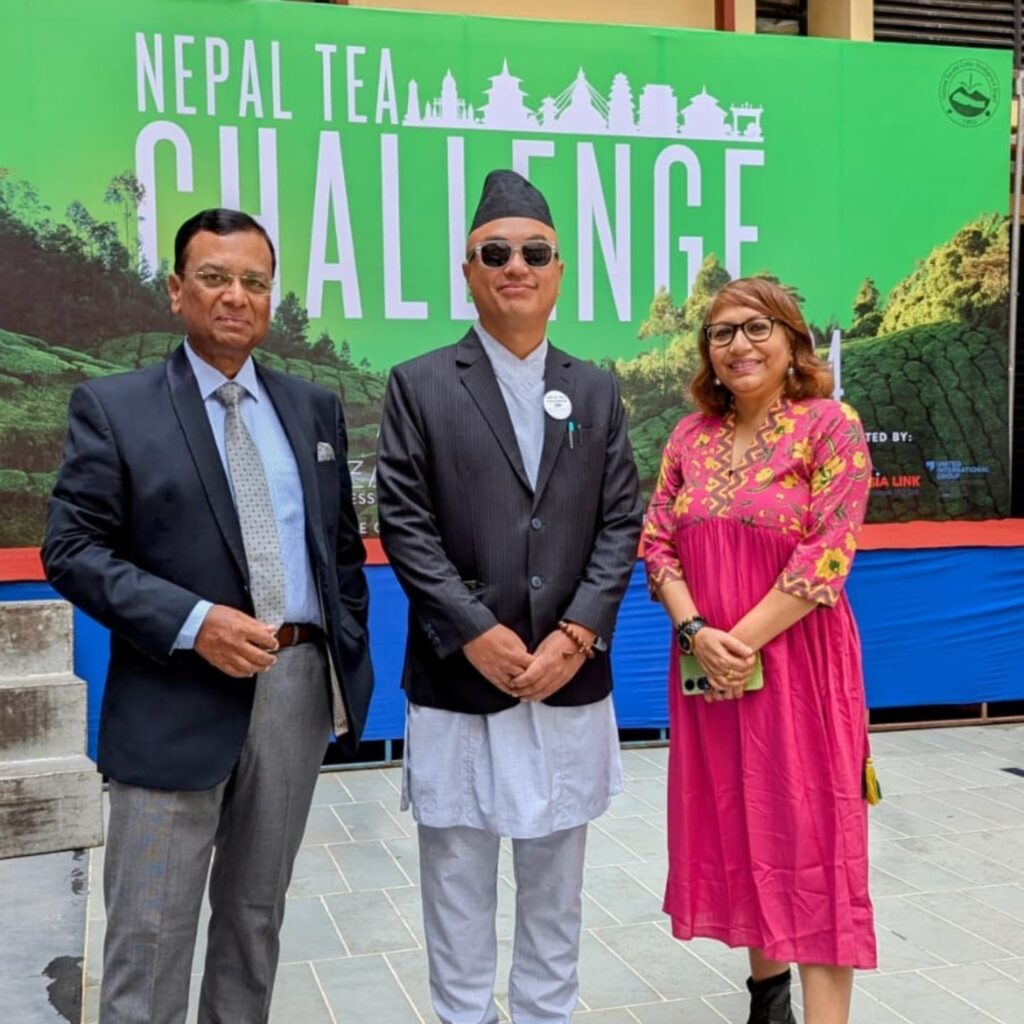
By continuing to invest in education, embracing sustainable practices, and maintaining a commitment to excellence, Nepalese tea producers can elevate their teas to new heights and capture the attention of tea connoisseurs around the world
Conclusion: A Journey of Discovery and Inspiration
My experience as a judge at the Nepal Tea Challenge 2024 was nothing short of inspiring. It was a journey of discovery, not only of the incredible teas that Nepal has to offer but also of the people behind them. The young entrepreneurs, the seasoned producers, and the visionary leaders like Mr. Sonam Lama all share a common goal: to see Nepali tea recognized and celebrated on the global stage.
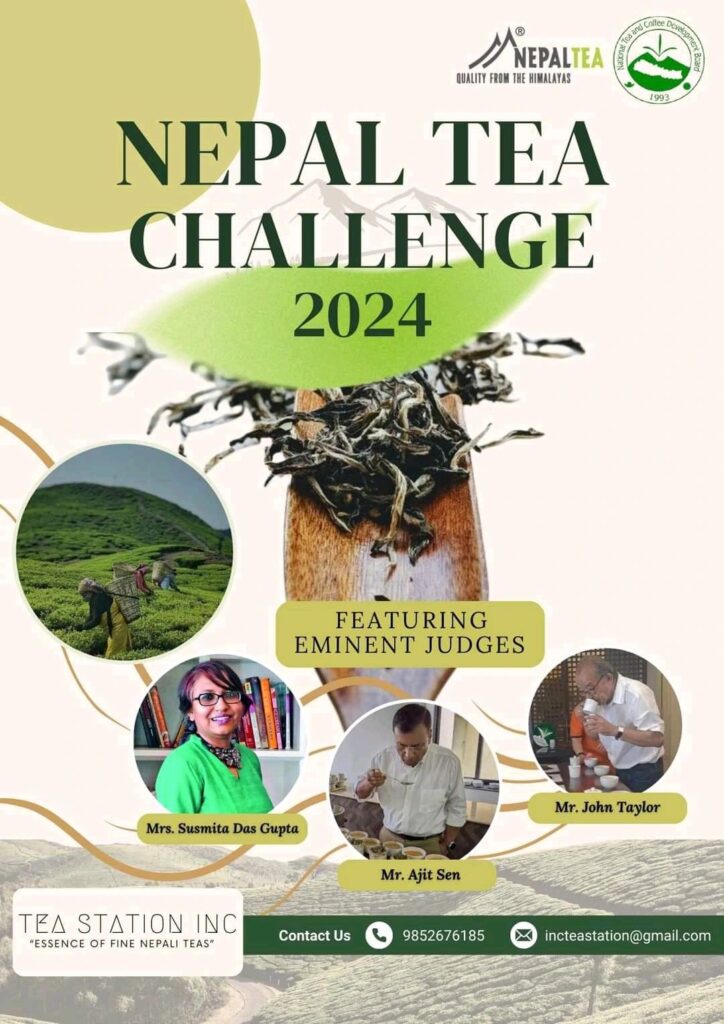

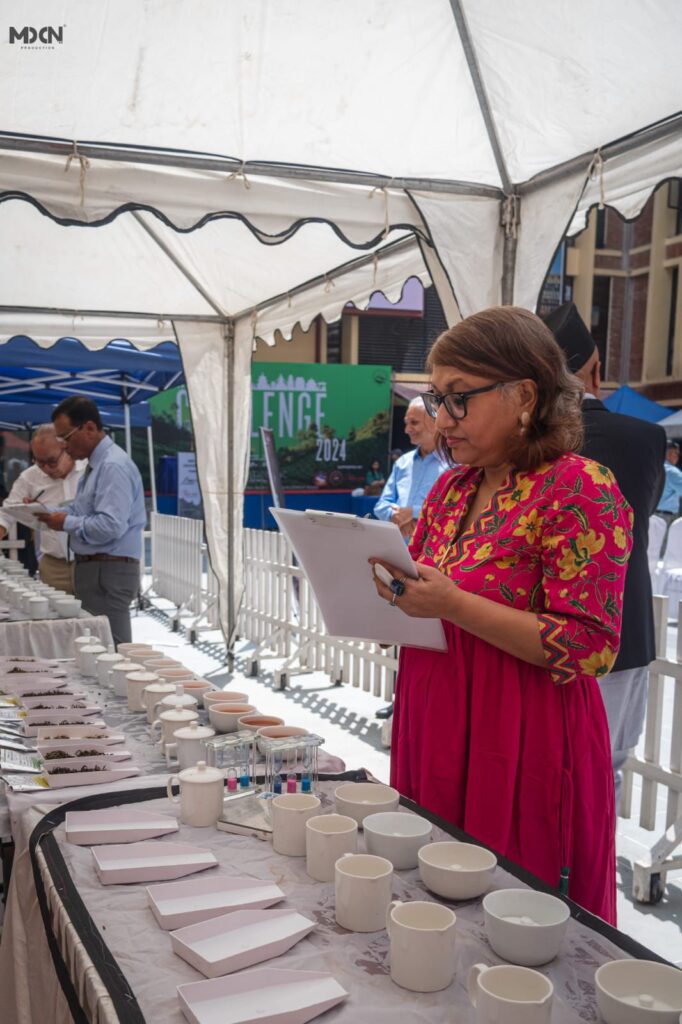
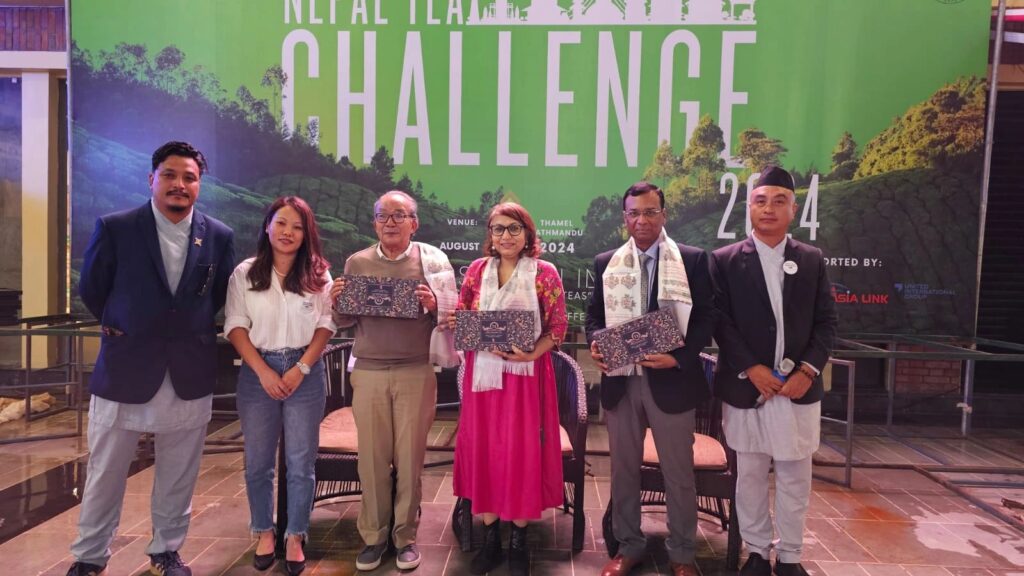
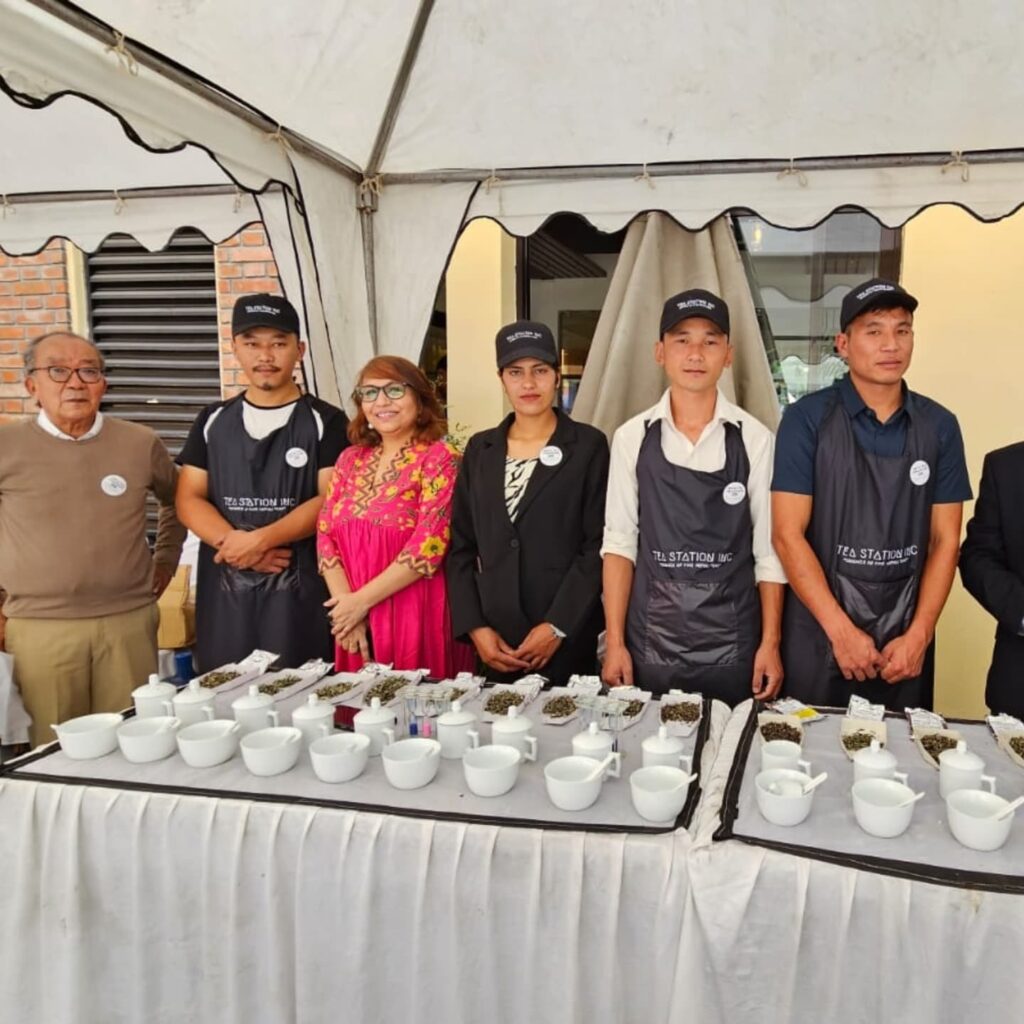
For inquiry, please write to itsourcuppatea@gmail.com
#nepaltea #specialtytea #teawithsusmita #teachampionship #teacontest
